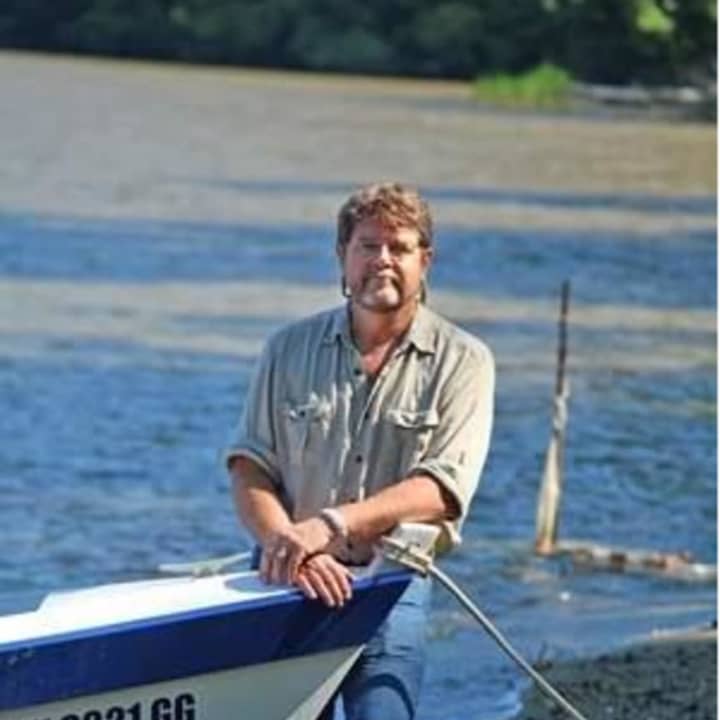In what has become somewhat of an annual tradition, humpback whales have been spotted in the waters surrounding New York City this summer. Ranging from the New York Harbor and Lower Hudson River in the west, to the Long Island Sound and coastal Connecticut in the east, whales have be spotted in areas not traditionally known for such wildlife. However, according to John Cronin, senior fellow at Pace University's Institute for Sustainability and the Environment, the appearance of these apex species shouldn't be a surprise to anyone.
"These whales should be in the harbor," said Cronin. "If you read colonial accounts of the area ecosystem, they are fairly amazing." Records show Dutch settlers complaining of countless noisy waterfowl keeping them awake at night, and marveling at the plentiful oysters, crabs and fish available in the waters surrounding Manhattan.
"New York was once a coastal paradise of intricate marshes and estuarine ecosystems," he said. "The whales' natural inclination is to wander back to where they belong."
However, much has changed since the days of Henry Hudson and Adrian Block.
"We conveniently partition the ecosystems of the East and Hudson Rivers, New York Harbor and Long Island Sound along manmade boundaries, but if you follow the animals you'll see it’s just one big habitat to them," said Cronin. And while the return of whales to the region is a positive sign for overall environmental health, he cautions against thinking cleanup work is done. "The health of an ecosystem isn't only determined by the appearance of a superstar species like a humpback whale," he said. "Rather, it starts from the bottom up." In this case, the bottom begins with filter feeders such as oysters and other shellfish and continues up the food chain to menhaden, an oily bait fish and veritable buffet for whales.
"There is an abundance of food this time of year in the lower Hudson and Long Island Sound," said Cronin. "The whales are feeding off animals that have spawned here, and are integral to the ecosystem." Like many species, the humpbacks will hang around only as long as food is readily available. "Whales have a chemical sense of where they’ve migrated before and will return to feeding grounds unless they link up with food elsewhere in their trip," he said.
As summer slowly winds down and water temperatures begin to cool, many whales will begin their trip south to the waters off Bermuda, sometimes traveling more than 3,000 miles round trip. There, pods will spawn and spend the winter. Come springtime, the whales -- following the food back north -- should reappear off New York and Connecticut once again.
"As you’re standing on the banks of the Hudson River in Manhattan or the shores of the Sound, you have to remember that whales aren't looking at asphalt and buildings," said Cronin. "To them they’re in the wilderness. Why wouldn't they be here?"
For more information on Cronin and the work being done by Pace University's Dyson College Institute for Sustainability and the Environment, click here.



